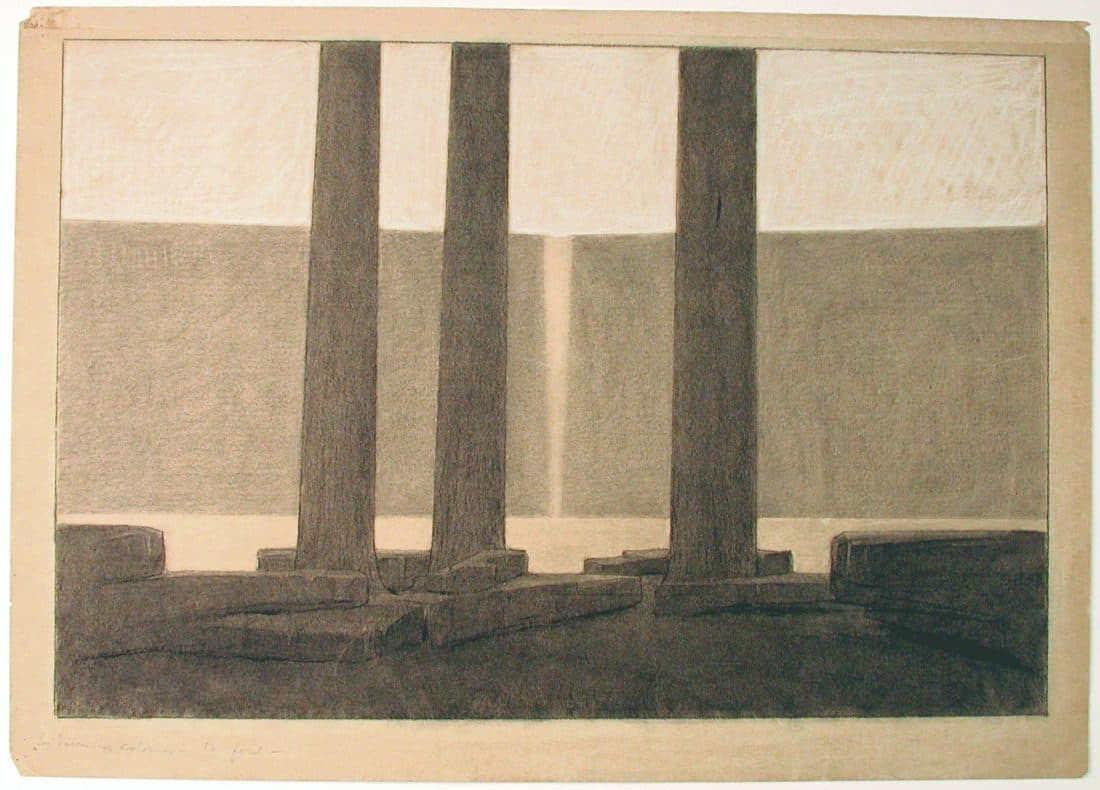Adolphe Appia: from Romanticism to the Rhythmic Spaces
Abstract
Adolphe Appia (1862-1928), a notable swiss theatre reformist, started his career as an admirer of Richard Wagner and his work, but was always critical of how his work was portrayed on the stage at the time. This is how he started his career as a reformist, and started creating sketches, stage designs and writings on how he perceived Wagner’s work should be enacted in theatres. He was supported by another of Wagner’s admirers, Houston Stewart Chamberlain, an Englishman, who was later on swayed by German chauvinism and later, Nazism. Fortunately, Appia, who started down the same way, paved another road altogether for himself, and reconceptualized the philosophy on synthetic theatre work and proposed reforms on direction and scenography. Later, he moved on from romanticism, worked together with Émile Jaques-Dalcroze and started to create abstract scenic designs, which he called rhythmic spaces. He also moved on from the nationalistic ideology of Wagner into the complete opposite pole, when he started to accent the cult of a healthy body and individual freedom. He became one of the pioneers of modern theatre directing, as we know it today.
Key words
Adolphe Appia, Richard Wagner, Émile Jaques-Dalcroze, Houston Stewart Chamberlain, Festspielhaus Bayreuth, theatrical direction
MISTRÍK, M. – ŠKRIPCOVÁ, L. – MIČUDA, D.: Adolphe Appia: from Romanticism to the Rhythmic Spaces. In European Journal of Media, Art and Photography, 2020, Vol. 8, No. 2, p. 94-101, ISSN 1339-4940.

